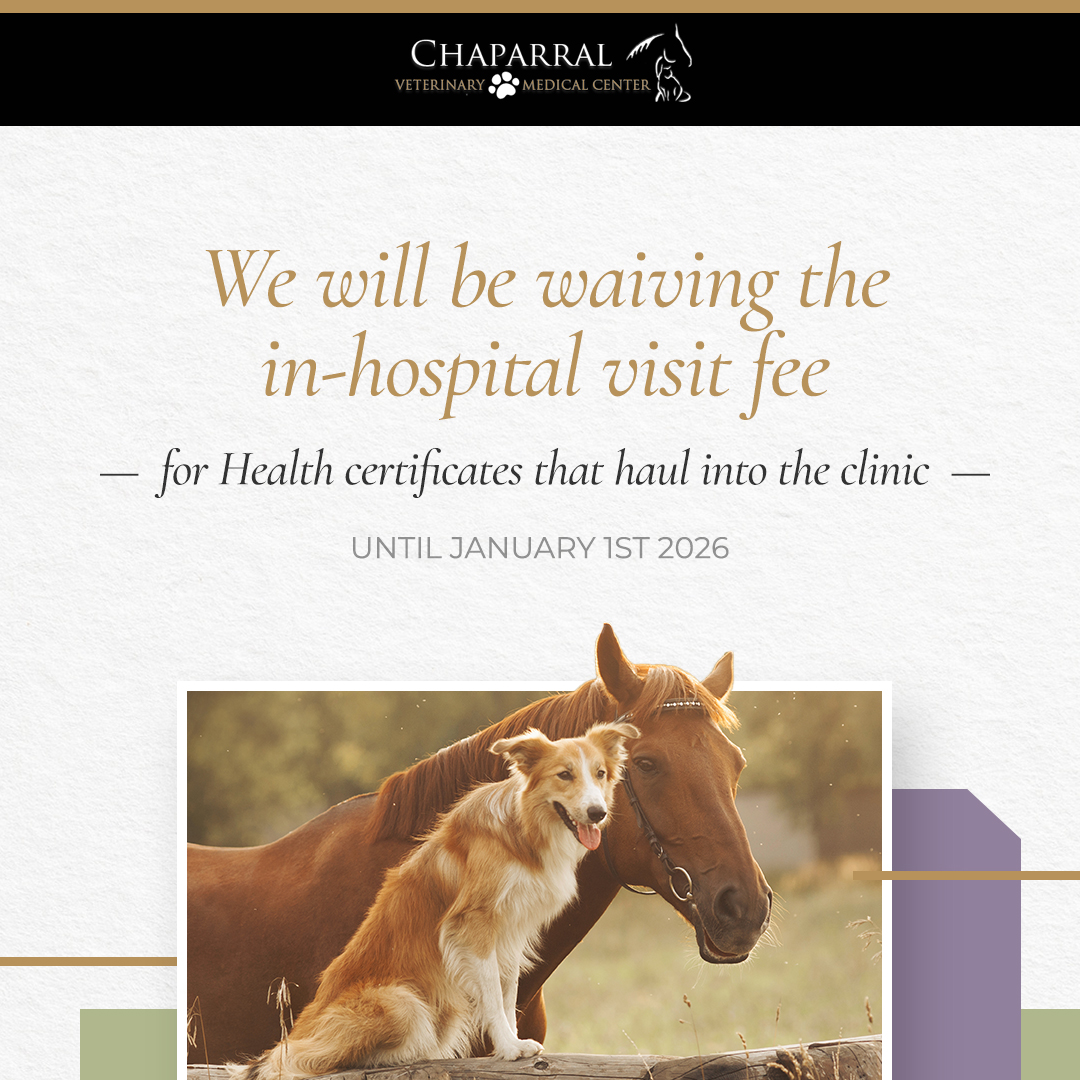Cave Creek, AZ 85331
Peritonitis

Peritonitis is a challenging disease for many veterinarians, as the cause of the disease can significantly govern treatment and overall prognosis. Peritonitis is defined as inflammation of the peritoneum, which is the inner lining of the abdominal cavity. It is associated with any plethora of insults that compromises the peritoneum, which can incite a range of clinical signs. Most commonly horses will have a history of anorexia, abdominal pain, lethargy, and pyrexia. Upon initial diagnostics, most bloodwork with show signs of infection and there will be increased peritoneal fluid seen upon transabdominal ultrasound. An abdominocentesis is usually performed where the color, turbidity and cell concentrations of the fluid examined and can confirm peritonitis.
Diagnosing peritonitis is only the beginning, next is the arduous task of selecting the appropriate treatment. Primary peritonitis is consistently caused by a single bacterial infection, the most common reported isolate is Actinobacillus. This can be treated with routine antibiotics, anti-inflammatory medications, and fluid therapy. In more severe cases an abdominal lavage can be performed with an indwelling abdominal catheter. However, to confirm this single bacterial growth a culture of the abdominal fluid will have to be performed, which will require a few days. On the other hand, peritonitis could be secondary to gastrointestinal insult, reproductive injury, or septicemia. If so, the only way to treat the peritonitis is to treat the primary inciting cause which will frequently require surgery. While in surgery a more thorough lavage of the abdomen can be performed. Nonetheless, there are increased risks when undertaking surgery that may potentiate the disease. One major concern is that the disease may disseminate with surgical manipulation, a second substantial risk is that general anesthesia can cause further tissue ischemia caused by decreased tissue perfusion from hypotension. Many veterinarians will consider watching the trends of these horses for several days if surgery is not clinically warranted upon presentation.

Once the cause of peritonitis is identified and appropriately treated, owners must keep in mind a few things before proceeding. The average cost of treatment can be quite substantial, considering the average length of hospitalization is 5 days (without complications) and complications can easily arise from the systemic inflammation. Abdominal inflammation can also cause adhesions formation within the intestines which could lead to future complications of colic. In summary, peritonitis can be a perplexing disease that both veterinarians and horse owners have to grapple with, by knowing the cause and related treatment option options, with overall prognosis, can help make the best decision for the horse long term.
-Katie Boote, DVM













